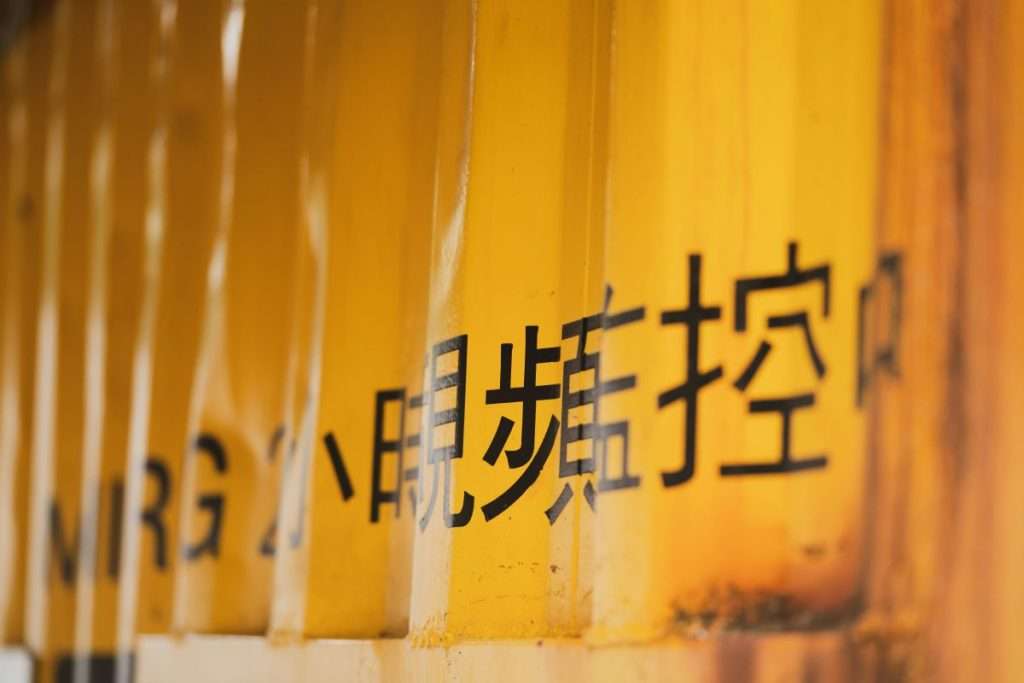Companies are grappling with the decision to move their suppliers or production units, a choice made difficult by the need to balance action with inaction. The risk of getting caught in overanalysis, often leading to paralysis, is a constant threat.
Navigating the Complexity of Decision-Making
In the current global climate, many companies are contemplating whether to relocate their suppliers or production units from China or Taiwan to other Southeast Asian countries. This decision is particularly challenging for electronics manufacturers in regions like Eindhoven Brainport. The difficulty lies in gathering comprehensive, fact-based information to make informed decisions.
The risks associated with inaction include the likelihood of military or economic conflict involving China and Taiwan, potential changes in US dual-use and rules-of-origin legislation, and the financial implications of these events. Conversely, action carries its own set of risks, including economies-of-scale financial loss, potential compromises in product quality and supply, and necessary investments.
The Paralysis by Analysis Dilemma
The sheer volume of information, coupled with its complexity and the inherent uncertainties that can change daily, can lead to ‘paralysis by analysis’. This phenomenon, known in decision theory, is evident in many companies currently facing these complex supply chain decisions. The initial analysis often concludes with high costs and uncertain risks, leading to a ‘wait and see’ approach. However, this is rarely a wise strategy, especially when dealing with inherent uncertainties.
The Power of Simple Decision Models
German decision scientist Gerd Gigerenzer advocates for the construction of simple decision models with limited information for faster decision-making. His research suggests that these ‘heuristics’ often lead to better decision-making than complex, incomplete analyses.
Applying the Newsvendor Model
For the supply chain decisions at hand, it may be beneficial to consider a simple newsvendor model. This model assesses the certain costs that will be incurred and the uncertain returns associated with a particular choice. Making decisions based on a simple model is always preferable to waiting for a complete picture that may never materialize.





